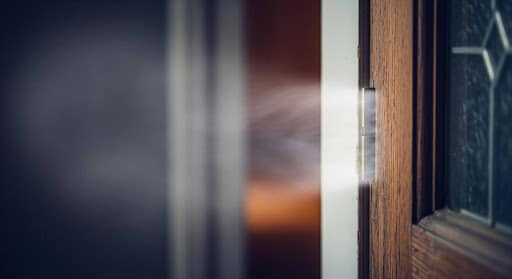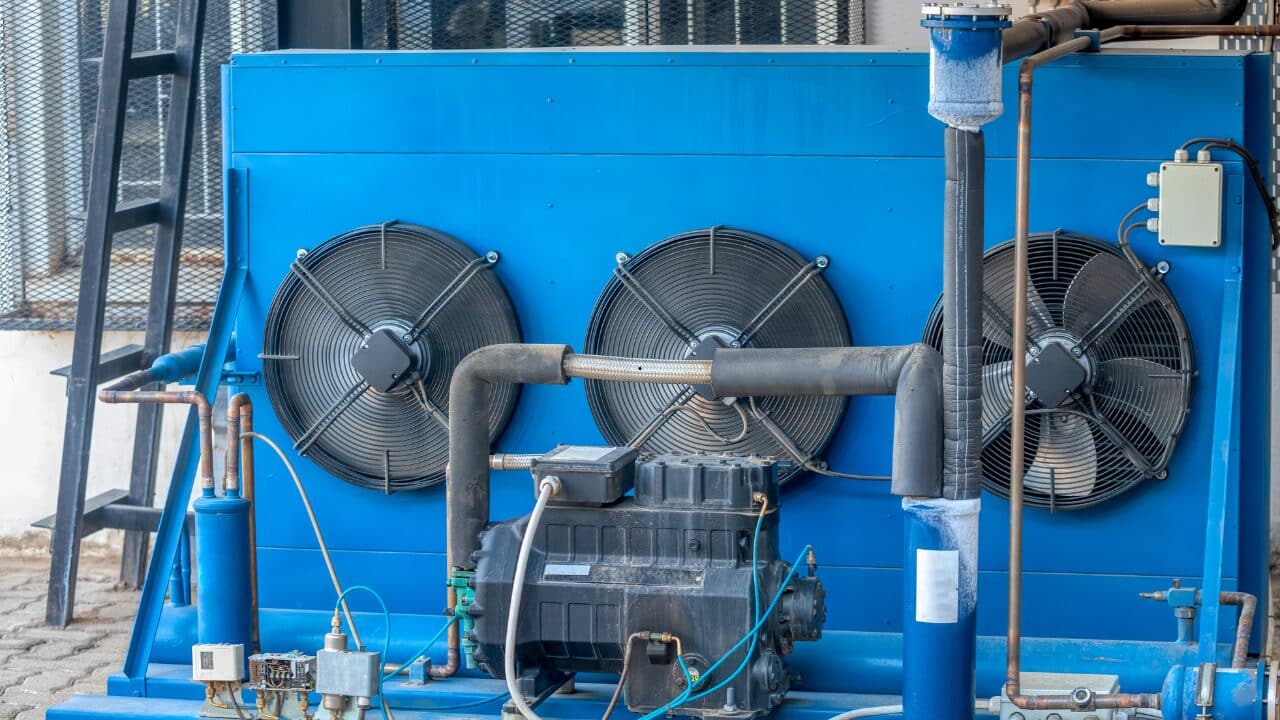The first indication of mold in air ducts or vents is frequently an odd or musty smell. In many cases, you’ll detect it by smell before sight. You can determine that mold in your HVAC system is to blame if you detect a musty or moldy smell that quickly disappears.
Check it out as soon as possible if you notice a persistent issue, especially in places with inadequate ventilation or much moisture. Knowing how to stop mold in HVAC systems will help you stop microbes from spreading throughout your house.
We go over how to spot mold growth in HVAC and offer protection for your HVAC system.
Table of Contents
What Are The Common Reasons For Mold In HVAC Air Ducts?
When both moisture and warm temperatures are present, mold can grow in ducting. Mold can flourish best in a warm, humid atmosphere. Mold growth in air ducts can be caused by a humid environment, inadequate ventilation, or anything else that retains moisture in your walls and creates condensation.
Improper Temperature Setting Of HVAC
Mold growth around the vents has been linked to low-temperature settings. The temperature difference that results from the cool vent air meeting the warm room air might cause moisture in the air to condense on surfaces at and around the vents.
Mold growth may result from excess moisture that isn’t allowed to dry out. The dampness may find its way into your air ducts if you don’t discover it immediately. Moisture may collect on the ducts due to the temperature difference between the warm air in the walls and the cold air in the ducts, providing the ideal conditions for mold growth.
You’ll require thorough duct cleaning and mold remediation in this situation. You stop the issue from recurring, be sure to patch up the duct leaks.
High Condensation
Because of the moisture in the air, condensation forms inside your HVAC system while it is operating. This condensation travels through the air ducts. Due to the natural moisture removal from the air during cooling, much condensation is produced.
The condensate pipes normally allow this condensation to drain away from your property, but if problems or obstructions arise, moisture cannot leave and backs up.
Improper Ventilation
Poorly ventilated homes develop interior air pockets that are stagnant and damp. More humidity is produced by any steam or evaporating water in your air but cannot be removed due to inadequate ventilation.
These problems frequently occur due to improper use or broken range hoods and bathroom exhaust fans.
High Humidity
High humidity levels are the main factors promoting mold growth inside your home’s HVAC system and the building itself.
Even though moisture problems can occur in a home year-round, summertime is typically when natural humidity is at its maximum.
Ways To Get Rid Of Mold In HVAC Air Ducts
It could take some time to notice whether your apartment has mold. But when the appliance is running, the first symptom is typically a musty smell. Once a mold colony has grown well, you may see distinct, circular-shaped grey or black mold deposits.
These often develop on the internal surfaces of an air conditioner but can occasionally extend to your ceiling and walls. Possibly, your appliance will start to make noise.
Check For Proper Ventilation
Mold is prone to growing in places where moisture can’t easily escape from moist areas because it thrives in damp surroundings. Improved natural ventilation through vents, doors, or windows can solve the problem.
Moving furniture away from the walls and turning on your unit’s dehumidification and reverse cycle settings will also help to improve air circulation. Consider buying a dehumidifier if ventilation is a problem in areas that don’t have air conditioning, such as living or sleeping spaces.
Change Your Vents
Replace the vents directly rather than going to the trouble of cleaning the ducts. Of course, the vents’ interiors and the surrounding region still need to be cleaned. However, it might be a smart idea and likely the safest approach to unscrew your air vent grill and swap it out for a new one.
Keep Your Areas Moisture-Free
Everywhere there is wetness, it is important to wipe wet areas and surfaces completely dry. This is significant because mold has a 24-hour growth cycle. When taking a shower, switch on the exhaust fan in the bathroom and leave it on for at least 30 minutes.
If you’re cooking or using the dishwasher in the kitchen, open the windows and turn on the exhaust fan.
Hire Professionals Yearly For Ducts Maintenance
In addition to improving performance, regular maintenance for your HVAC system is essential for avoiding mold growth in HVAC components. Following these maintenance guidelines, you can avoid mold contaminating your heating and cooling systems.
Verify the cleanliness of your drip pans and inspect them frequently. To stop mold growth, stop condensation from accumulating, and ensure the drainage system is unclogged. As the manufacturer and your HVAC specialist advised, use a high-efficiency air filter and replace it frequently.
Conclusion
You may say goodbye to the mold growing on your air vents with the help of these cleaning and preventative techniques. Use safety gear; only try it if the mold growth isn’t too bad.
If the mold growth is quite significant or you already feel severe consequences, you should leave the area and consult experts. A qualified technician is equipped with the knowledge and skills to maintain or improve the performance of your system.
They will also be proficient in the anatomy of your specific unit when it comes to finding and getting rid of mold in air conditioning equipment.





